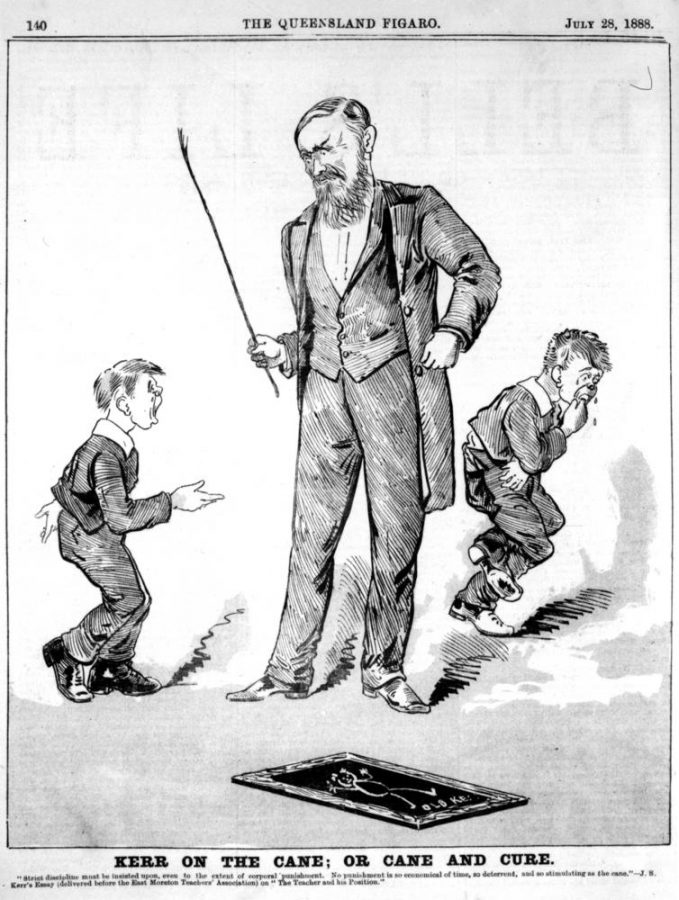The Abuse of Power
Corporal Punishment or Corporal Abuse?
Eighteen states in America continue to hold students under the threat that they could be physically beaten for simply misbehaving.
The Supreme court’s decision to leave corporal punishment up to states was sparked by a a beating that left 14 year old, James Ingraham out of school for 10 days with serious bruising, which called for medical attention. Although corporal punishment in public schools is issued on a state-by-state basis, children should have protection despite where the live. This is more than an issue about how to discipline these kids; it is power put to the wrong use.
In September 2018, a school in Georgia created a three strike rule involving paddling with consent forms given to the parents. By instilling fear in their students, Georgia School for Innovation and the Classics calls this threat another tool in their “toolbox.” Having control over their kids is put above their duty to create a safe environment as educators.
“He admits that he doubts the policy will be enforced very often and that it will act more as a threat to deter bad behaviour,” says Marilisa Racco about GSIC’s superintendent, Jody Boulineau according to Global News.
Students in a school environment are taught respect for one another. The idea of physically abusing kids completely contradicts this age-old lesson. Dr Robert D. Sege, a pediatrician at Tufts Medical Center, explains, “One of the most important relationships we all have is the relationship between ourselves and our parents, and.” Sege’s statement on the idea of parents spanking their children can be related to similar discipline at schools. While the idea of operant conditioning is certainly in play when it comes to holding young kids responsible, where do you cross the line? If a child were to misbehave like Ingraham did, would he not have learned the same lesson through a punishment without physical harm? The court ended this hearing with a warning for school districts nationwide. According to New York Times, “The Justices suggested that school officials consider the seriousness of a student’s offense, the student’s attitude and past behavior…” Under these terms, it is nearly impossible for a school district to not go case-by-case.
Even so, more questions come into play. Who makes the final decision? How poorly does one have to act to get beaten? Instead of putting kids at risk, they should simply receive a warning or a detention. Forcing a child stay after school longer can still teach a lesson without physical harm. Punishment should never put safety or trust on the line.
![]() Loading ...
Loading ...
